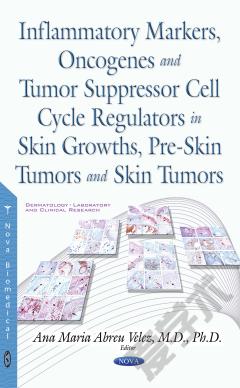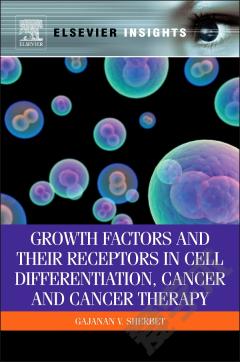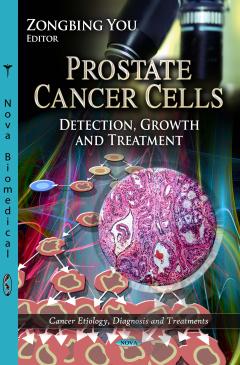Inflammatory Markers, Oncogenes and Tumor Suppressor Cell Cycle Regulators in Skin Growths, Pre-Skin Tumors and Skin Tumors
Inflammatory markers, oncogenes, tumor suppressor genes and cell cycle regulators in skin growths represent a series of reports and reviews on skin cancers and precancers, their host immune responses and correlations with medical literature data. We were able to clearly identify an immune response in multiple skin cancers, as well as in cutaneous pre-cancerous conditions. In poorly differentiated tumor areas, some classic immunohistochemical stains did not stain as frequently described in the literature. Other important phenomena we observed are that many cell cycle regulators, cell cycle checkpoints, oncogenes and tumor suppressor gene markers were not only positive inside the tumors, but also in cells around the tumor. Portions of adjacent skin appendices and in supposedly normal adjacent epidermal and dermal tissue also showed signs of these components. These common findings raised questions concerning marginal definition of cutaneous surgery; that is, many of the immunologic findings could not be correlated on classical hematoxylin and eosin reviews. We also noted that many immunologic cells around skin cancers and/or pre-cancers showed high rates of division defined via markers such as Ki-67; our findings utilizing double color immunohistochemistry also showed that these immune cells are possibly actively duplicating as effector cells. Ki-67 has been cited as a superb proliferation marker in melanoma, but additional review of its utility is warranted given our results. Finally, we also found double staining immunohistochemistry to be of excellent value in detecting melanoma cells metastasizing in blood vessels, lymphatics and/or nerves.
{{comment.content}}








 京公网安备 11010802027623号
京公网安备 11010802027623号